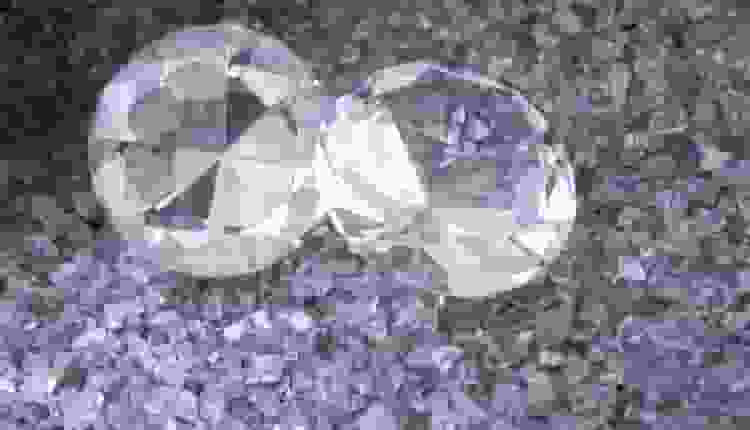
Diamonds are thrown into the atmosphere during bouts of ferocious volcanic eruptions on Earth, where they then fall to the ground.
This intriguing phenomenon has posed a puzzle for scientists, but recent research has provided new insights into the geological processes responsible for this phenomenon and the likely locations of diamond-rich deposits.
Unveiling the Diamond-Rich Eruptions
An international team of scientists has observed that most of these volcanic outbursts occurred approximately 25 million years after continental plates (also known as incrementally moving slabs of Earth’s crust) underwent significant separation. To investigate this further, the researchers gathered historical data on the movements of these plates and conducted a detailed study of kimberlites, the rocks that contain these precious gems.
Using computer models, the scientists pieced together the sequence of events leading to these eruptions that are rich in diamonds.
The stretching of continental plates causes them to fracture, resulting in thinning of the rock and alterations in material flow within the Earth’s mantle. This disturbance is potent enough to break off chunks of rocks from the plate, and these fragments undergo enough pressure to transform carbon deposits into diamonds over hundreds of millions of years.
Read more: Home Equity Loan Searches Soar Amid Economic Pressure
Prospecting for Precious Gems

Professor Tom Gernon, a geologist at the University of Southampton and the leader of the study, emphasized the significance of this discovery for exploration purposes. By understanding the specific conditions and events that trigger these eruptions, scientists can focus on areas most likely to harbor diamond deposits.
When large masses of rock sink into the mantle, the disruption to the flow causes it to spread outwards, displacing layers of rock on the bottom of the plate.
The combination of these factors leads to the formation of diamond-bearing kimberlite magma. When a sufficient amount of this magma has accumulated, it erupts through the Earth’s crust.
Gernon remarked that such eruptions are relatively rare in Earth’s history, as they require a perfect convergence of conditions and events to occur. These rapid and unexpected events would have bewildered even the dinosaurs if they were present in those areas at the time.
Overall, this research sheds light on the intricate processes behind diamond-rich volcanic eruptions and provides valuable knowledge for identifying potential diamond sources for future exploration endeavors.
Read more: Federal Affordable Connectivity Program: Maximizing Your Savings

